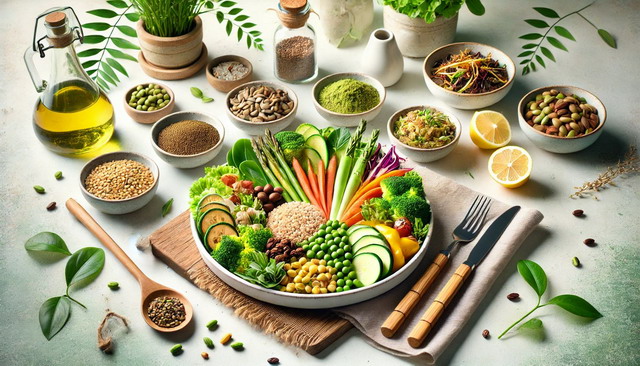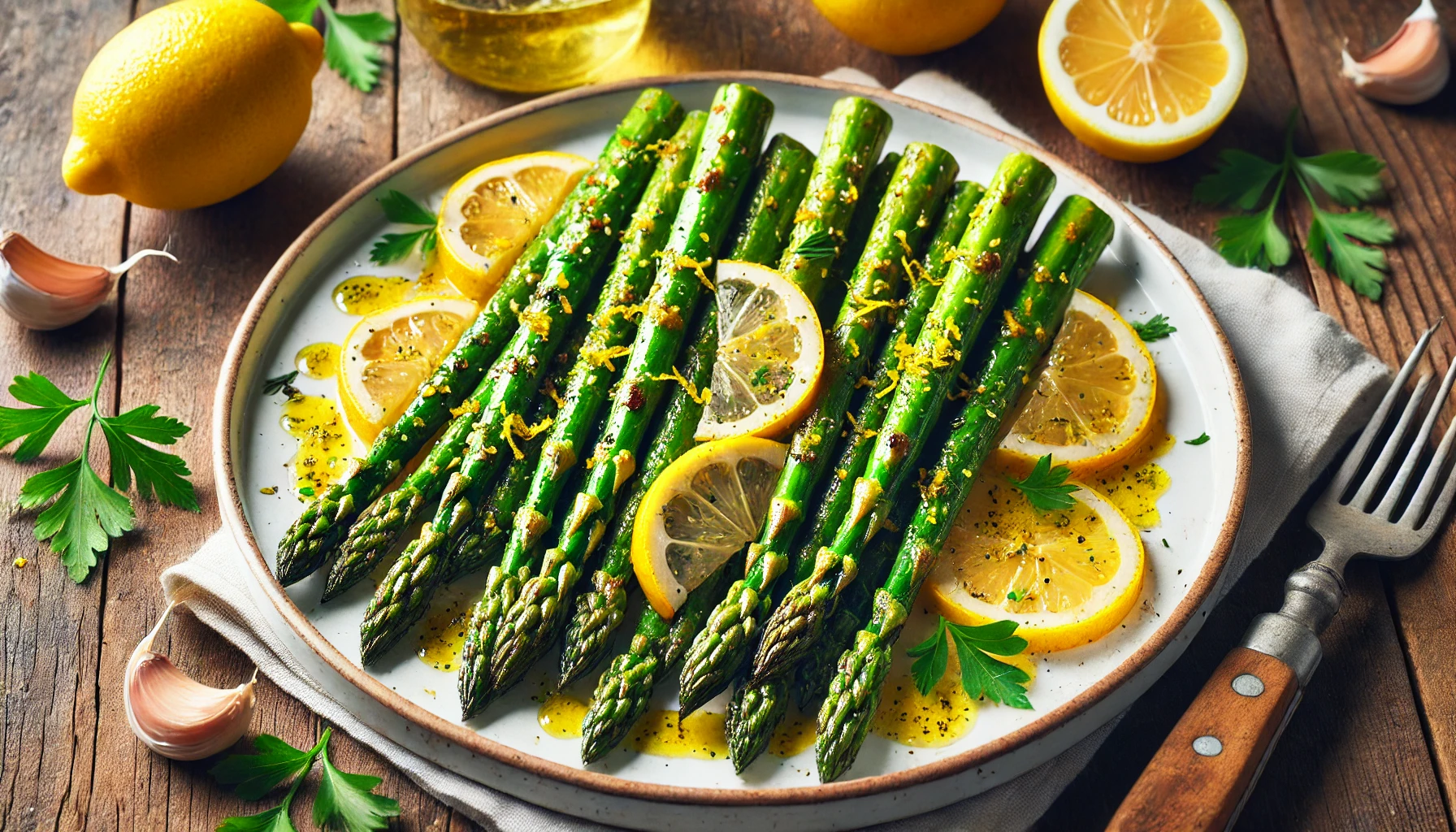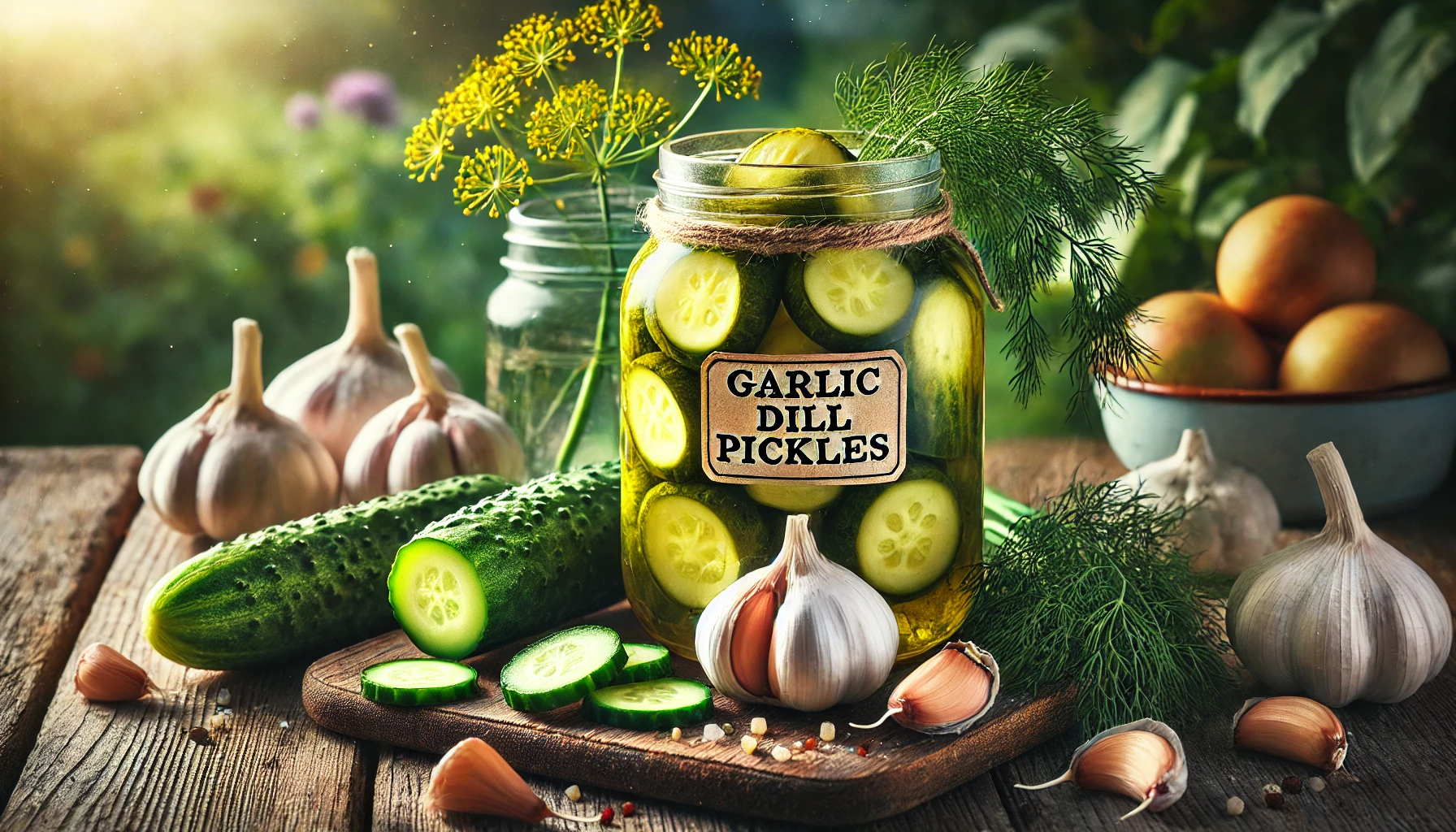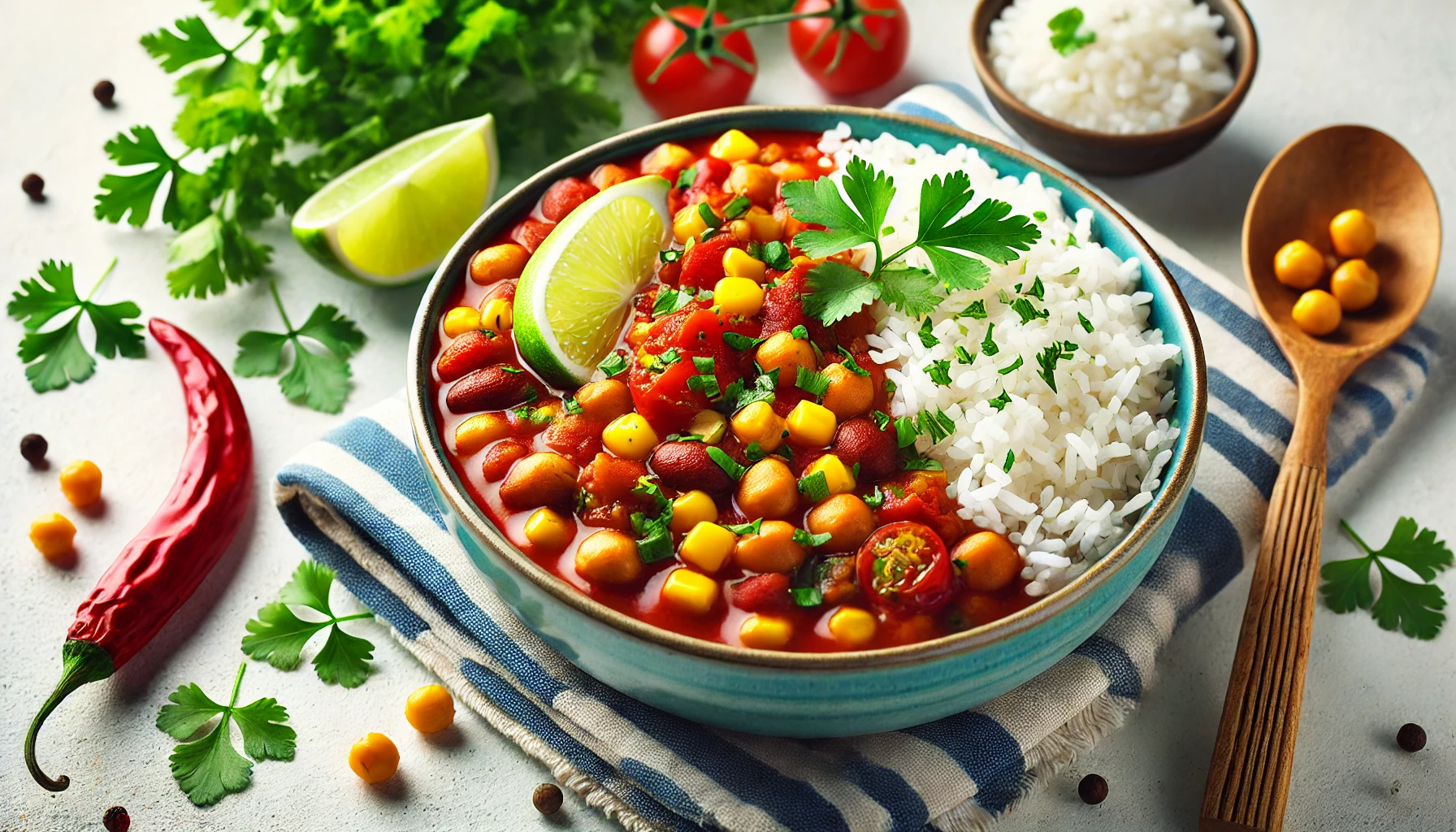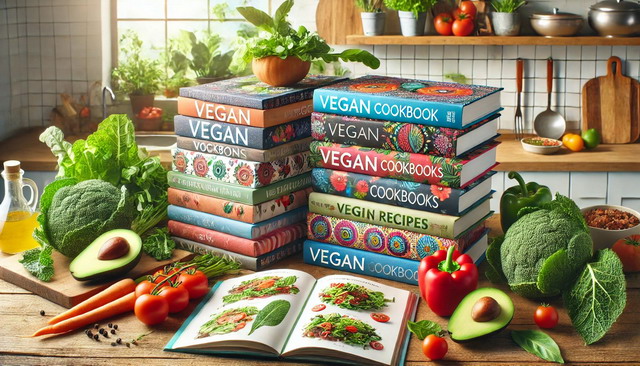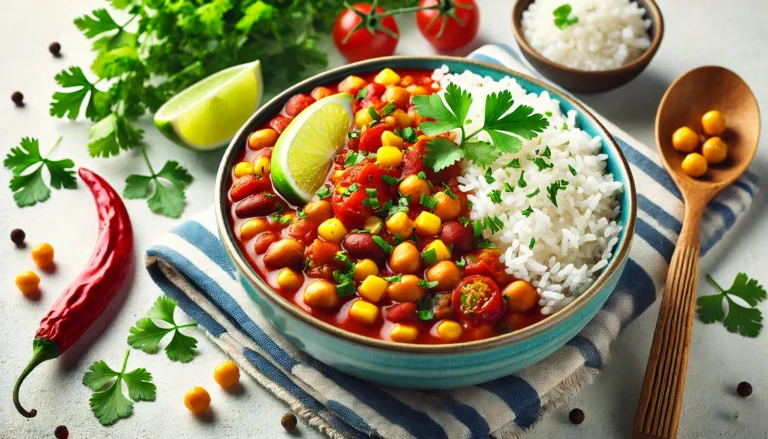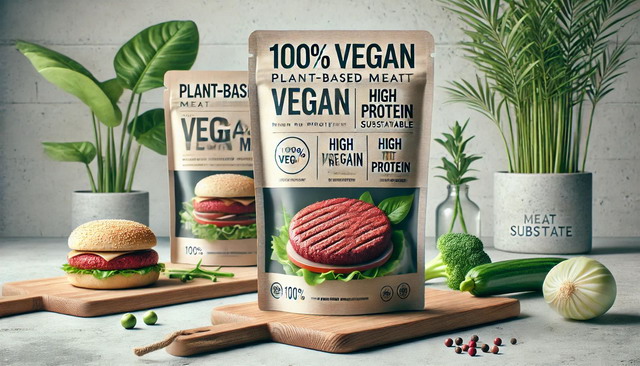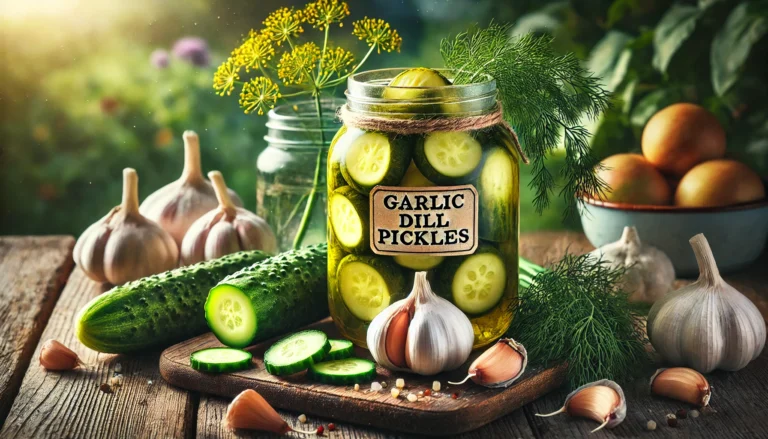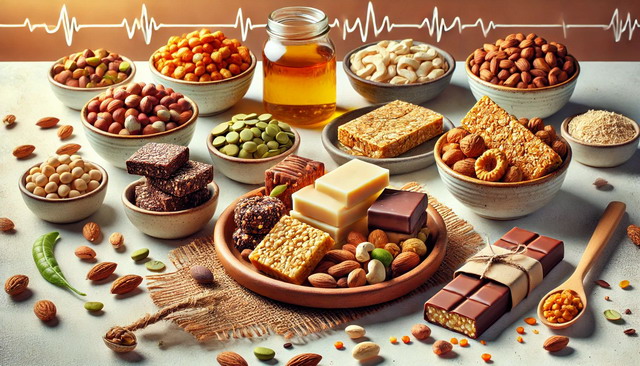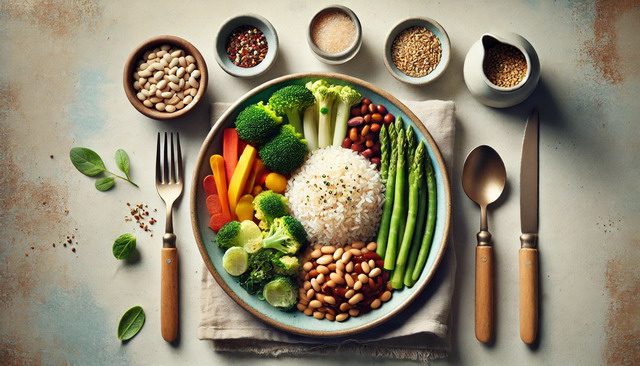As the world faces the growing threat of climate change, the need to reduce our carbon footprint has never been more pressing. One of the simplest and most effective ways to make a difference is through the food we eat. In 2025, low-carbon footprint vegan meals are becoming more popular, not only for their health benefits but also for their positive impact on the environment.
Transitioning to a plant-based diet is one of the most impactful changes an individual can make to lower greenhouse gas emissions. In this article, we’ll explore the significance of low-carbon footprint vegan meals in 2025 and how they contribute to a more sustainable and eco-friendly lifestyle.
1. The Importance of Low-Carbon Footprint Vegan Meals in 2025
The global food system is one of the largest contributors to environmental degradation, accounting for around 30% of the world’s total greenhouse gas emissions. The production of animal-based products, in particular, is a significant driver of deforestation, water usage, and methane emissions. In response, many people are turning to plant-based diets, not only for personal health but also for the planet’s well-being.
In 2025, this trend is gaining momentum as the environmental impact of our food choices becomes more evident. Adopting a vegan diet is more than just avoiding animal products; it’s about making thoughtful choices that reduce resource consumption and emissions at every step of food production.
Low-carbon footprint vegan meals are meals that are carefully crafted to minimize their environmental impact. This involves selecting ingredients that require fewer resources to produce, opting for locally-sourced and seasonal products, and avoiding foods that have a heavy environmental toll, such as processed and imported goods. By choosing low-carbon vegan meals, individuals can significantly cut their contribution to climate change and make strides toward a sustainable future.
2. What Are Low-Carbon Footprint Vegan Meals?
Low-carbon footprint vegan meals are meals that focus on reducing the environmental impact of food production and consumption. The key lies in the food’s life cycle, from how it’s grown and harvested to how it’s transported and prepared. A typical vegan diet excludes animal products such as meat, dairy, and eggs, which are known for their high environmental costs. However, not all vegan meals are created equal when it comes to their carbon footprint.
For example, fruits and vegetables grown in energy-intensive greenhouses or flown in from distant countries can have a high carbon footprint despite being plant-based. On the other hand, locally-grown, seasonal produce requires fewer resources and generates fewer emissions. Legumes like lentils and beans, for instance, are an excellent source of protein with a minimal carbon footprint, as they require less water and land compared to animal-based products.
A low-carbon vegan meal typically includes ingredients that are locally sourced, organic, and in-season. These meals often avoid processed foods, which can require significant amounts of energy to produce and package. Cooking methods also play a role, with raw or minimally cooked meals reducing the energy used in food preparation.
In 2025, technology and consumer awareness have made it easier than ever to identify foods with a low carbon footprint. Various tools and apps allow consumers to track the environmental impact of their meals, helping them make more informed choices. As a result, low-carbon footprint vegan meals are becoming an accessible and practical option for those looking to lower their environmental impact while enjoying nutritious, flavorful food.
By embracing low-carbon footprint vegan meals, individuals can contribute to a greener planet and play a part in combating climate change, one meal at a time.
3. Best Vegan Recipes for a Low-Carbon Footprint in 2025
Creating delicious, low-carbon vegan meals in 2025 doesn’t require sacrificing flavor or variety. Thanks to innovations in plant-based food and a better understanding of sustainable ingredients, it’s easier than ever to craft meals that are both eco-friendly and satisfying.
One of the keys to a low-carbon diet is embracing simplicity and focusing on whole, plant-based foods that require minimal processing and energy to produce. For instance, lentil and vegetable stew is a hearty dish that combines locally-sourced root vegetables like carrots and potatoes with protein-packed lentils. This dish is not only nutritious but also has a low environmental impact, especially if the ingredients are seasonal and locally grown.
Chickpea-based curries are another favorite in low-carbon vegan cooking. Chickpeas are known for their sustainability, as they require less water and fertilizer compared to many other crops. When paired with seasonal vegetables and simple spices, a chickpea curry becomes an excellent low-carbon meal that is rich in protein and flavor.
For lighter meals, a quinoa salad with leafy greens and avocado is a popular choice. Quinoa, though originally from South America, is now grown in many parts of the world, making it more accessible and eco-friendly when sourced locally. Adding greens like spinach or kale, and topping the salad with seeds or nuts, makes for a refreshing and sustainable meal.
The beauty of low-carbon vegan meals is that they can be customized based on the ingredients available in your region and the season. With some creativity, it’s possible to enjoy a wide variety of meals that are not only good for your body but also the planet.
Innovative Plant-Based Meat Substitutes 2025: Discover the Future of Meat Alternatives
4. How to Plan Sustainable Vegan Meals in 2025
In 2025, meal planning has evolved to accommodate sustainable choices that prioritize reducing food waste and lowering carbon emissions. When planning vegan meals with a low carbon footprint in mind, the focus should be on selecting ingredients that are locally grown, in-season, and require minimal transportation.
One practical strategy is meal prepping, which not only saves time during the week but also reduces the likelihood of food spoilage. By preparing meals in advance, it becomes easier to use up ingredients efficiently, ensuring nothing goes to waste. For example, when preparing a large batch of roasted vegetables for the week, you can use them in multiple dishes such as salads, wraps, or grain bowls.
Another important consideration is portion control. Over-preparing food can lead to waste, which adds to the environmental impact of a meal. By planning meals that are appropriately portioned, you can minimize leftovers and reduce food waste. Storing food properly in reusable containers also helps extend its shelf life, further reducing the need for frequent grocery trips and lowering your overall carbon footprint.
Additionally, when shopping for ingredients, it’s helpful to avoid highly packaged items or imported goods. Opting for bulk purchases of grains, legumes, and nuts can cut down on packaging waste, while buying from local farmers’ markets supports regional agriculture and minimizes transportation emissions.
Incorporating these strategies into your meal planning routine ensures that your vegan meals are both sustainable and efficient, contributing to a lower-carbon lifestyle.
5. Low-Carbon Footprint Protein Sources for Vegans in 2025
One of the biggest challenges for vegans, especially those concerned with sustainability, is finding protein sources that are both plant-based and have a low environmental impact. Fortunately, in 2025, there are many options that check both boxes, offering nutritious and eco-friendly alternatives to animal-based proteins.
Legumes, such as lentils, chickpeas, and black beans, are some of the best low-carbon protein sources. These crops are nitrogen-fixers, meaning they naturally enrich the soil, reducing the need for synthetic fertilizers. They also require relatively little water to grow compared to crops like almonds or livestock feed, making them a highly sustainable option.
Tofu and tempeh, both derived from soybeans, are popular protein-rich foods that have a relatively low carbon footprint. Soybeans, when farmed responsibly, can be a sustainable protein source, especially when compared to the environmental impact of meat production. In 2025, advancements in regenerative agriculture have made it possible to grow soy in a way that minimizes deforestation and soil degradation, making tofu and tempeh even more sustainable choices.
Quinoa is another excellent source of plant-based protein. While quinoa has traditionally been grown in South America, it is now cultivated in various parts of the world, reducing the need for long-distance transportation. When sourced locally, quinoa becomes an even more sustainable option for those looking to reduce their carbon footprint.
Finally, hemp seeds and chia seeds are protein-packed superfoods that are both eco-friendly and versatile in vegan cooking. Hemp, in particular, is known for being a low-maintenance crop that requires little water or pesticides, making it a fantastic sustainable protein source.
By incorporating these low-carbon protein sources into your vegan diet, you can ensure that your meals are not only nutritious but also aligned with your sustainability goals.
6. The Role of Local and Organic Ingredients in Reducing Carbon Footprint
In 2025, the importance of sourcing local and organic ingredients cannot be overstated when it comes to reducing the carbon footprint of vegan meals. The environmental benefits of choosing locally-grown, organic produce go beyond just the reduction of food miles—the distance food travels from farm to table.
Locally-sourced ingredients significantly lower the carbon emissions associated with transportation. For example, opting for fruits and vegetables grown within a 100-mile radius of your home drastically cuts down on the fuel required to transport food from distant locations. This not only reduces greenhouse gas emissions but also supports local economies and farmers.
Organic farming methods also play a critical role in reducing the environmental impact of food production. Organic agriculture typically avoids synthetic pesticides and fertilizers, which are energy-intensive to produce and can contribute to soil and water pollution. Instead, organic farming emphasizes natural processes, such as composting, crop rotation, and biological pest control, which help preserve soil health and reduce carbon emissions.
Moreover, organic farms often use regenerative agriculture practices, which focus on restoring the health of ecosystems by enhancing biodiversity, enriching soil, and sequestering carbon from the atmosphere. This means that organic farming not only avoids contributing to climate change but can also actively help to mitigate it.
By choosing local and organic ingredients for your low-carbon footprint vegan meals, you’re contributing to a system of food production that prioritizes environmental health and sustainability. Whether it’s visiting farmers’ markets or participating in a community-supported agriculture (CSA) program, these small shifts in where you source your food can make a big difference for the planet.
7. Low-Carbon Vegan Meal Delivery Options for 2025
As the demand for sustainable living grows, so does the convenience of accessing low-carbon footprint vegan meals. In 2025, numerous meal delivery services have emerged, specifically catering to those looking for eco-friendly, plant-based meals without the hassle of meal preparation. These services not only focus on providing nutritious vegan meals but also prioritize reducing the environmental impact of the entire meal delivery process.
Sustainable meal delivery companies have taken innovative steps to ensure their operations align with carbon-reduction goals. They often use locally-sourced, organic ingredients, and many have committed to reducing or eliminating food waste through smart portioning and meal prep. Some services offer compostable or reusable packaging, ensuring that their environmental impact extends beyond just the food.
One example of a low-carbon meal delivery option is plant-based meal kits, which allow customers to prepare their own meals using pre-measured, sustainably sourced ingredients. These kits not only cut down on food waste but also reduce the need for grocery shopping, which helps minimize transportation emissions. Additionally, many companies now offer zero-emission delivery options, using electric bikes or vehicles to distribute meals.
Another innovative approach is subscription-based frozen meal services that focus on low-carbon vegan recipes. These services allow customers to choose from a wide range of frozen vegan meals that can be easily stored and prepared, reducing the need for frequent deliveries and packaging waste.
For consumers looking for convenience and sustainability, 2025 offers a variety of low-carbon vegan meal delivery services that cater to different lifestyles and preferences. These services make it easier than ever to stick to a plant-based, eco-friendly diet while minimizing your carbon footprint.
Vegan-Friendly Food Packaging Trends 2025: Sustainable & Eco-Conscious Options
8. How to Track the Carbon Footprint of Your Vegan Meals
In 2025, technology has become a powerful ally in helping consumers make informed decisions about the environmental impact of their food choices. Tracking the carbon footprint of your vegan meals has never been easier, thanks to a variety of apps and tools designed to provide insights into the emissions associated with different ingredients and meals.
One of the most popular methods is using carbon footprint tracking apps. These apps allow users to input the ingredients they use in their meals, and in return, the app calculates the estimated carbon emissions based on factors such as how the ingredients were produced, where they were sourced, and how far they traveled. Some apps also include a database of common food items with pre-calculated carbon footprints, making it easier to plan meals that are low in emissions.
For those interested in sustainable cooking, there are apps that recommend low-carbon recipes, automatically suggesting substitutions for high-impact ingredients. For example, they might suggest replacing imported avocado with a more sustainable, locally-grown alternative. These tools take the guesswork out of cooking and ensure that your meals are as environmentally friendly as possible.
Additionally, some consumers rely on eco-labels that provide information about a product’s environmental impact. In 2025, many grocery items come with labels indicating their carbon footprint, water usage, and overall sustainability score. This allows consumers to quickly assess the environmental impact of their purchases, empowering them to make better choices at the store.
Finally, businesses and restaurants have also started to provide carbon footprint information for their menus, allowing customers to choose low-carbon meals when dining out. Whether through an app, a label, or a restaurant menu, tracking the carbon footprint of your meals is a simple yet effective way to contribute to a more sustainable food system in 2025.
By using these tools and technologies, you can take control of your environmental impact, ensuring that your vegan diet aligns with your sustainability goals.
9. Growing Your Own Low-Carbon Vegan Ingredients in 2025
One of the most sustainable ways to reduce the carbon footprint of your vegan meals is by growing your own ingredients. In 2025, urban gardening and home-grown produce have become increasingly popular, allowing individuals to cultivate fresh, organic food right from their backyards, balconies, or even indoor spaces using advanced hydroponic or vertical gardening techniques.
Urban gardening offers numerous benefits beyond just reducing your carbon footprint. By growing your own food, you eliminate the emissions associated with transportation, packaging, and large-scale farming. Moreover, you have full control over how your food is grown, ensuring it is organic and free from harmful chemicals.
Simple crops like leafy greens, herbs, tomatoes, and peppers can be easily grown in small spaces with minimal effort. Herbs like basil, mint, and parsley thrive in containers, while leafy greens such as kale and spinach can be harvested multiple times, making them both efficient and sustainable. These crops are highly versatile and can be incorporated into a wide variety of vegan meals, ensuring a steady supply of fresh, low-carbon ingredients throughout the year.
For those with limited outdoor space, indoor hydroponic systems have become an accessible and eco-friendly solution in 2025. These systems allow you to grow food using water-based nutrients rather than soil, and they require significantly less space and water than traditional gardening. With advancements in technology, these systems have become more affordable and user-friendly, making it easy to grow your own vegetables and herbs year-round, regardless of climate.
By cultivating your own food, you reduce your reliance on store-bought produce, minimize waste, and contribute to a more sustainable food system. In 2025, home gardening has become not just a hobby but a meaningful step toward reducing your carbon footprint.
10. Future Trends in Low-Carbon Vegan Meals
As we look toward the future, the world of low-carbon vegan meals is set to evolve with new technologies and innovations. In 2025, several exciting trends are emerging, each contributing to a more sustainable food landscape.
One such trend is the rise of lab-grown plant proteins. These proteins are developed using cutting-edge biotechnology to replicate the taste and texture of meat, dairy, and eggs without the environmental costs associated with traditional animal agriculture. The production of lab-grown proteins uses significantly fewer resources—such as land, water, and energy—while generating minimal greenhouse gas emissions. As these products become more widely available, they offer a promising alternative for those seeking low-carbon, plant-based proteins.
Another major development is the continued growth of vertical farming. This method of growing crops in stacked layers, often in controlled indoor environments, has gained traction in urban areas. Vertical farms allow for year-round production of fresh produce, using up to 90% less water and space compared to traditional farming. With advancements in automation and artificial intelligence, vertical farms are becoming more efficient, enabling the production of large quantities of food with a minimal environmental footprint.
Edible packaging is also emerging as a way to reduce waste in the vegan food industry. Companies are developing packaging made from plant-based materials that can either be consumed or composted. This innovative approach addresses the environmental impact of single-use plastics and aligns with the overall goal of reducing carbon emissions in the food sector.
Lastly, AI-driven meal planning is expected to become more sophisticated, allowing individuals to create personalized low-carbon meal plans based on their location, preferences, and sustainability goals. These tools can recommend ingredients that are in-season and locally sourced, further helping individuals minimize their environmental impact.
With these trends shaping the future, low-carbon vegan meals are set to become even more accessible, convenient, and environmentally friendly in the coming years.
Conclusion: Embracing Low-Carbon Vegan Meals for a Greener Future
As we move deeper into 2025, the need for sustainable food practices becomes increasingly urgent. Low-carbon footprint vegan meals offer a powerful way for individuals to reduce their environmental impact and contribute to the fight against climate change. From choosing locally sourced and organic ingredients to growing your own food and using technology to track carbon emissions, there are numerous ways to embrace a more eco-conscious diet.
By making small but meaningful changes to how we eat, we can collectively reduce the carbon footprint of our food systems and help pave the way for a greener, more sustainable future. Whether you’re just beginning your plant-based journey or looking to further reduce your environmental impact, low-carbon vegan meals are a delicious and effective way to take action for the planet.
